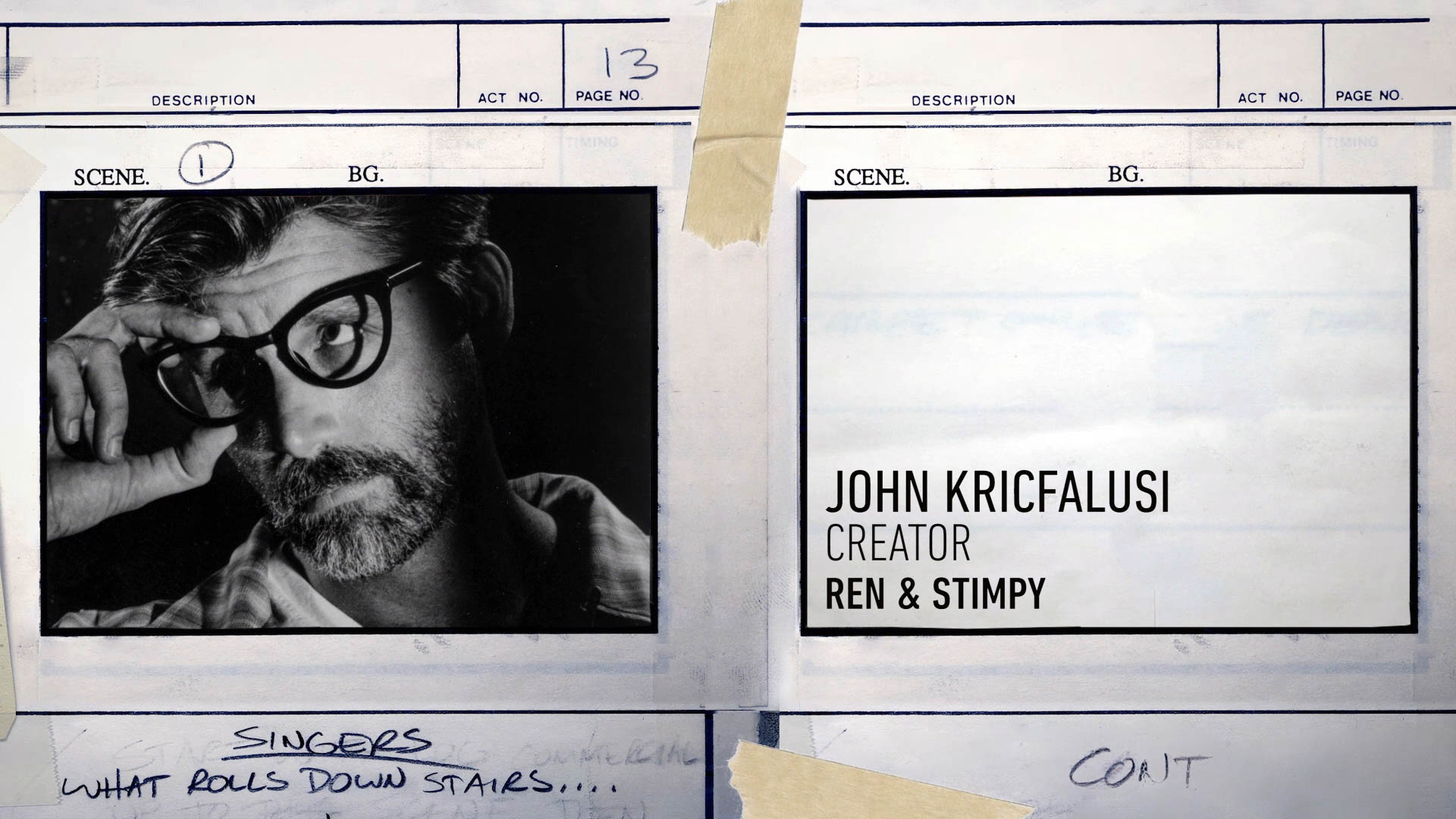
- Film
Sundance 2020: Happy Happy Joy Joy: The Ren & Stimpy Story
In the early 1990s, children’s cable network Nickelodeon, seeking animated programming different from the medium’s traditional powerhouse providers, opened itself up to outside pitches and turned to a hyperactive, highly imaginative upstart, John Kricfalusi, giving him a shot with a six-episode order for Ren & Stimpy, a TV show about an emotionally imbalanced chihuahua and his good-natured but dimwitted feline best friend. When the series premiered in August 1991, it was an out-of-the-gate smash hit, breaking rating records, immediately challenging The Simpsons (then just entering its third season) for domination among animation fans, and eventually raking in, at its peak, several billion dollars in merchandising per year.
The feature film debut of co-directors Ron Cicero and Kimo Easterwood, Happy Happy Joy Joy: The"Verdana",sans-serif’> StoryBut while the movie additionally charts how, a little more than a year into his show’s run, Kricfalusi would be fired amidst a hail of complaints about verbally abusive workplace incidents, in addition to production delays, Happy Happy Joy Joy also buries the lede and gets a bit lost in a thicket of generalities, seemingly refusing to ask tough questions of its interviewees. The result feels like something of a missed opportunity — in many ways an authoritative making-of documentary, but one sabotaged by its own willful incuriosity about some of the deeper underlying factors that led to its subject’s unraveling.
Featuring interviews with Kricfalusi himself, animator and eventual show director Bob Camp, Stimpy voiceover artist Billy West, and dozens of other creative people involved in every facet of the show’s production, Happy Happy Joy Joy is at its best when celebrating the show’s creativity. Celebrity fans like Iliza Schlesinger, Jack Black, and Bobby Lee offer testimonials about their enjoyment of the series, and Cicero and Easterwood mine a treasure trove of archival material, much never before seen, to paint a rich, three-dimensional portrait of life inside Kricfalusi’s production company, Spumco.
Ren & Stimpy owed a stylistic debt to some of the work of Kricfalusi’s heroes, including Bob Clampett and Tex Avery, blending and building upon their exaggerated physicality, sarcasm, heightened absurdity, and kinetic energy, then marrying those elements to a much bawdier, boundary-pushing brand of comedy which featured extreme close-up cutaways and abstract, hand-painted backgrounds. The Three Stooges’ Larry and Peter Lorre are tabbed as inspiration for Stimpy and Ren, respectively, while the over-emoting of Kirk Douglas is shown to be another big influence.
Delayed approval and delivery of material was a problem from the start (the show had to re-run its pilot in only its second week), but soon Kricfalusi and his staff were blowing through deadlines, missing airdates by months. In this regard and others, the documentary contradicts the common perception of Hollywood studios as an empty creative partner. Nickelodeon executive Vanessa Coffey, having personally selected the characters of Ren and Stimpy from a separate pitch for a parody variety show, Your Gang, and then developed them with Kricfalusi, comes across as an exceedingly reasonable and creative-minded person — someone who fought for additional resources, but also helped ground the show’s gross-out humor in recognizable emotions which meaningfully contributed to its popularity.
As a more serious reflection on Kricfalusi’s character flaws and their relationship to a toxic workplace, Happy Happy Joy Joy founders. The film struggles to meaningfully connect — at least from their own perspectives, and in their own words — the bond between Kricfalusi and Camp. And while interviewees address his penchant for yelling throughout the movie, it’s more than 80 minutes into its 106-minute running time before the film really addresses Kricfalusi’s firing in a substantive way. Most frustratingly, it’s even later that it touches upon, as reported on in 2018, his relationships — coercive and inappropriate at best, but also outright abusive — with several underage females.
A viewer can be left, certainly, to ponder the role and nature of content creators, and the gulf between the value of their work and behavior offscreen. And there would seem to be rich terrain to explore in the potential parallels between the codependent, abusive relationship of the animated Ren and Stimpy, and some of those who contributed to the success of the show based on those characters, dealing with a steady stream of abuse. But Happy Happy Joy Joy is a film that invests a lot of energy embracing the attitude of its title. It knows there’s a dark underbelly to its story, and is honest enough to acknowledge that fact — it just doesn’t want to ask too many questions about it.

